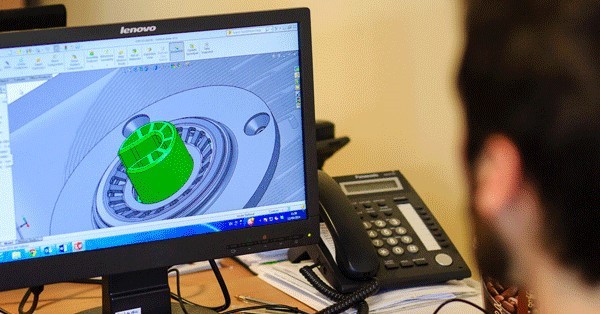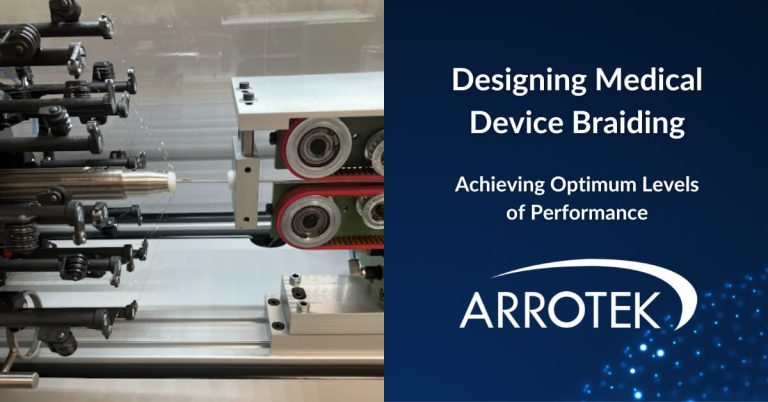Design for Manufacture, or DFM, involves designing medical device products so they can be easily manufactured within a target manufacturing cost. It takes into account other aspects of designing a medical device product too, such as ensuring regulatory compliance and performance, however it doesn’t ignore the manufacturing element.
DFM typically involves simplifying and refining the product at all stages in the design process with the aim of optimising it for manufacturability.
An example is the number of parts used to manufacture a medical device product. By going through a DFM process, design engineers will seek to eliminate or combine parts to ensure there are as few as possible. This saves time in production and assembly, while the reduced number of steps to assemble the product (because there are fewer parts to assemble) reduces the risk of errors.
In addition to parts reduction, parts standardisation is one of the main goals of DFM.
When Should DFM Begin?
By following a DFM process, problems that arise when designing and developing a new medical device product can be fixed during the design phase rather than later.
Therefore, it’s important to consider DFM principles during the earliest stages of the design process and then through each stage including concept development, CAD modelling, prototyping, and all design iterations.
It’s crucial to use DFM from the start of the design stage as the further into the process you go, the more costly it is to make changes.
For example, it is massively more expensive to make a change to the design of a product when you are at the mould designing and building stage compared to during the initial concept development, CAD modelling, and prototyping stages.
In other words, it’s important to ensure the product development specialist designing your new medical device product follows DFM principles.
What Does DFM Entail?
A DFM approach to designing a new medical device product involves questioning all aspects of the product and the design.
Doing this requires experience with similar products and designs. Knowledge of what others have done in the industry is also helpful, while a creative and innovative approach to MedTech product design is essential.
Factors Considered During a DFM Process
- Process – the method used to manufacture the product, i.e. machining, vacuum moulding, 3D printing, etc. Consideration will be given here to tolerances to ensure they are not too tight for the chosen manufacturing process.
- Design – the design of the new medical device product must adhere to Good Manufacturing Principles (GMP). For example, the design needs to consider the practicalities of manufacturing the components and then handling them for assembly. Does the design involve unnecessary steps that could be eliminated? The designer could also design the part so its production can be largely automated.
- Materials – the materials that will be used to make the product
- Performance – the product should perform in real-world situations as expected
- Regulations – the design of the product should also comply with all relevant regulations
Benefits of DFM
- Reduces the time it takes to bring a product to market
- Reduces overall costs to design and develop the product
- Ensures the product can be made profitably
- Get a higher quality product
Introducing DFMA
Another abbreviation you might hear in relation to the medical device design process is DFMA. DFMA is an extension of DFM that is common in many industries, including MedTech. It stands for Design for Manufacture and Assembly.
As you can tell by the name, it involves ensuring the whole manufacturing process, including parts manufacture and all stages of assembly, is both efficient and cost-effective. Given that most medical device products require an element of assembly, DFMA and DFM can be used interchangeably.
The objective always remains the same, i.e. ensuring you get a product that performs as expected, complies with regulations, and can be manufactured cost-effectively.





